January 26, 2006
Bangle Has the Last Laugh
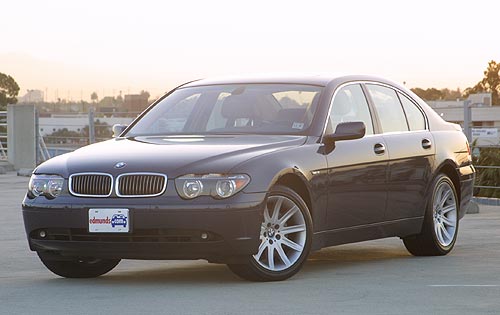
Just over four years ago, BMW launched its redesigned 7-series and shocked the automotive world. Before the new seven, BMW design was exceptionally conservative -- consistent, crisp, angular and just aggressive enough to let you know that the person behind the wheel meant business. Often, the company would launch entirely new cars into the market without anyone actually noticing a change from the previous model.
The 1972-81 BMW E12 5-series:

The all-new 5-series that followed it, the 1982-1988 E28:
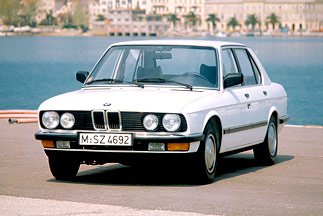
The 1988-1993 E32 7-series:

The all-new 7-series that followed it, the E38 (1994-2001):
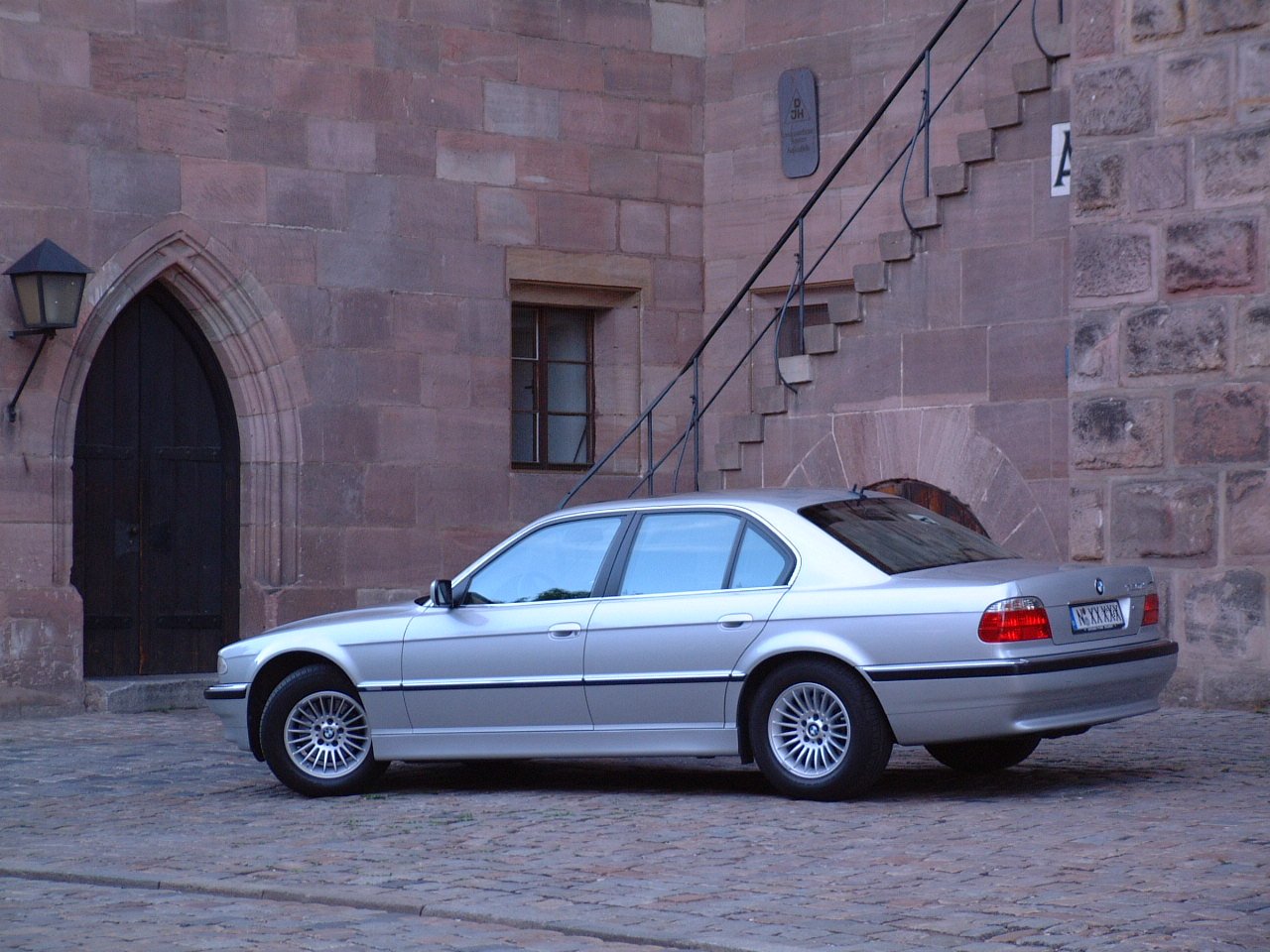
The 2002 7-series was a radical departure from everything that had preceded it. The quad headlights, kidney grille and Hofmeister Kink all made it easily recognizable as a BMW, but that was about all. The trunklid protruded unusually from the car's flanks; the front end featured an interesting reinterpretation of the traditional quad-headlight design; concave shapes dominated the flanks; and most noticeably, many of the car's interior buttons were replaced with an interface called iDrive: a single screen, with a knob/button to control it.
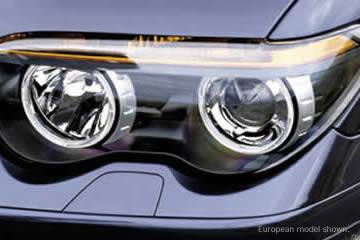
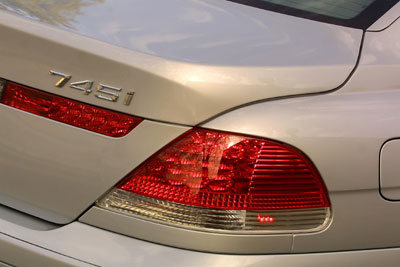
The loquacious poster boy for BMW's radical change was Chris Bangle, a sharp-dressing Wisconsin native given to statements like "The surface is nature's way of telling us where the contact point is." People may not have understood him, but they did react to the new car's appearance, which was roundly criticized by both the automotive media and by BMW traditionalists. Bangle, whose name is one vowel away from another common word with more negative connotations, took considerable heat from people unpleased with what he had done to their favorite marque.
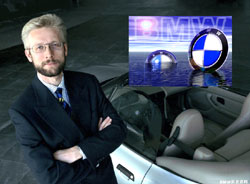
Since then, BMW has extended the design themes first inaugurated with the 7-series into the rest of their range. Say what you want about the aesthetics, the market has now voted: today, BMW announced a few weeks ago, BMW announced record revenue for sales for 2005, with a year-over-year growth rate of just under 10%.
It would be a mistake to credit all of BMW's sales growth to Bangle's new designs; much of it also comes from their expansion of their range into other segments, as exemplified by the X5, X3 and 1-series hatchback. But as we've seen recently from other manufacturers, it takes great product design to really succeed in the auto industry these days. It's not just about not screwing up; playing it safe can just as quickly lead to failure. This is why BMW's leap of faith, and the success that has followed from it, is in many ways an object lesson in successful product design.
Lesson 1: Your most important customers are sometimes the ones you don't yet have.
The consumption of luxury goods is increasingly tilted toward emerging markets like Russia, China and other parts of Asia -- all places where Mercedes has dominated the market for high-end luxury cars.
Lesson 2: You have to really know why your customers are buying what you offer.
Spend any time in Russia or Asia, and it doesn't take long to notice two things critical to the luxury car industry: 1) many more people don't drive themselves, and 2) the luxury goods that sell tend to be a good deal more ostentatious than they are in western Europe or the United States. Put those together, and you can see why the previous big BMWs never sold well in those markets. They could obsess over the car's dynamic qualities all day, but if the car didn't have any presence -- didn't look impressive rolling down the street -- it would never sell like a Mercedes.
With all the breaks from tradition, it's also important to point out the ways in which the 2002 7-series was more like a BMW than ever. Dynamically, it was better than anything that had come before it; still the sports car of the luxo-boats. The fit and finish was up to par, and the important mechanical bits have proven to be reliable.
In many ways, the 2002 7-series was a work in progress. The iDrive interface was deeply flawed, and the car came in for some minor aesthetic revisions just two years after launch. But better to launch, try and learn than never to change and slowly turn into a fossil. For that, we can thank Chris Bangle.
Posted by dreeves at January 26, 2006 7:30 PM